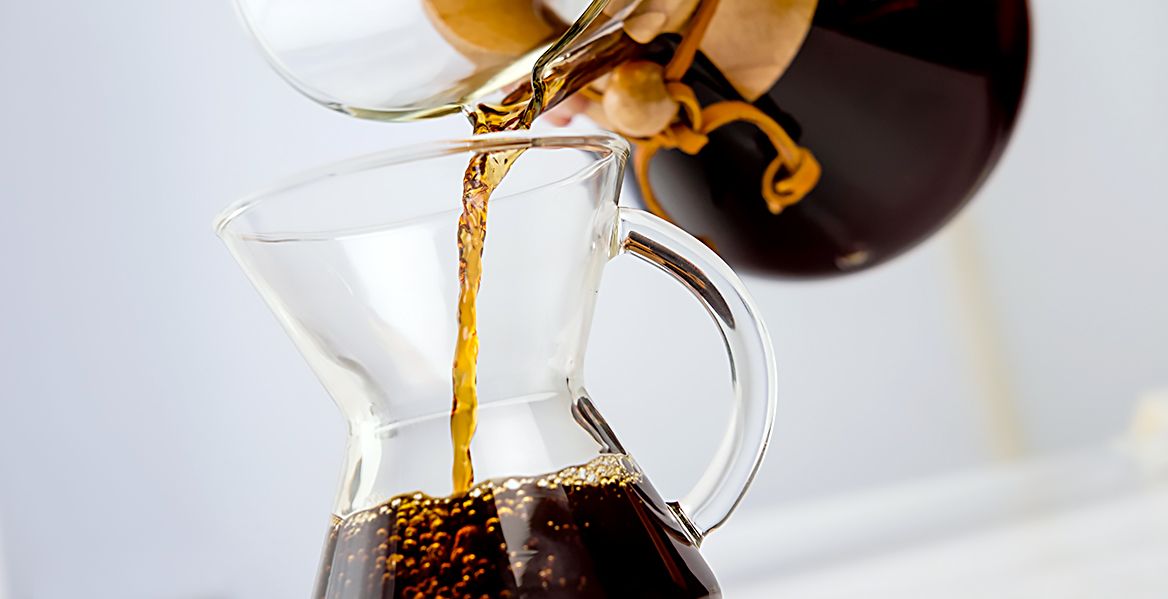You are investing in quality coffee; please spend a few minute investing in brewing an excellent cup! Below are some common-sense steps that you should already have in place to brew excellent coffee.
Brewing Excellent Coffee
- Clean, filtered water
- Good, freshly roasted coffee
- Clean brewing devises, including brew basket, airpot and stem, cups
- Oxidized filters (natural filters unfortunately leave a paper towel taste)
- Correct grind size for brewing devise
- Hot water (195 to 205 Fahrenheit)
- Correct dose for water volume
The two areas of attention that we come across with our accounts are clean equipment and brew ratio.
Clean Brewing Equipment
Keeping your brewing equipment clean is not hard; it just takes diligence. Urnex has several lines of cleaning products geared toward the Specialty Coffee industry. You can also use natural cleaning agents, such as apple cider vinegar, for some applications; but just make sure it is thoroughly rinsed and dried. NOTE, these methods do not replace sanitizing. Airpots and stems should NOT be brown and definitely NOT black. Soak the stems in the airpots with warm cleaning solution to get the insides clean too. The brew basket and spray head need to be wiped down regularly to prevent build-up. As it is cold and flu season, it is a good idea to sanitize handles, buttons and knobs daily. (That also includes phones and registers!)
Coffee Brew Ratio
Coffee brew ratio is a well-studied and tested ratio of coffee to water for optimum flavor balance. There are three important variables, that when in alignment, product a consistent, quality cup of coffee: strength, extraction and brew ratio. STRENGTH is defined as soluble concentration, or how much coffee solids have been transferred to the water. If you water is light brown, not many solids have transferred. If it is dark, opaque and thick, then maybe too many solids have transferred. We measure the brewed liquid coffee with a refractometer to get the total dissolved solids (TDS). EXTRACTION is how much coffee solids have been removed from the coffee grounds into the cup of brewed coffee. The Coffee Control Brew Chart links all three variables.
It is a little hard to understand, so let’s break it down a little.
The middle section, darker orange, is where you want to be. For a standard water volume of 64 ounces, you need to dose 3.25 to 4.25 ounces (the red numbers) of grounds to land in the middle of the chart: Optimum Balance! If you are using more water, then calculate the new coffee dose. Below is an example:
If you are using 80 oz of water and want to land in the middle of the chart, then divide the coffee dose by 64 and multiply by the ounces of water you are using. For example, if you are using 80 oz of water, you will need 4.4oz of ground coffee.
80 oz of water: 3.75/64=.055
.055×80=4.4
Use a 4.4oz dose of coffee for 80 oz water
As with all things coffee, the proof is in the pudding, or in the cup. If you want an excellent coffee, you need to taste the coffee. Since there is a ratio range, try several and find out which one works best for you and your customers. If you have questions, please all or email and we can walk you through the steps.



